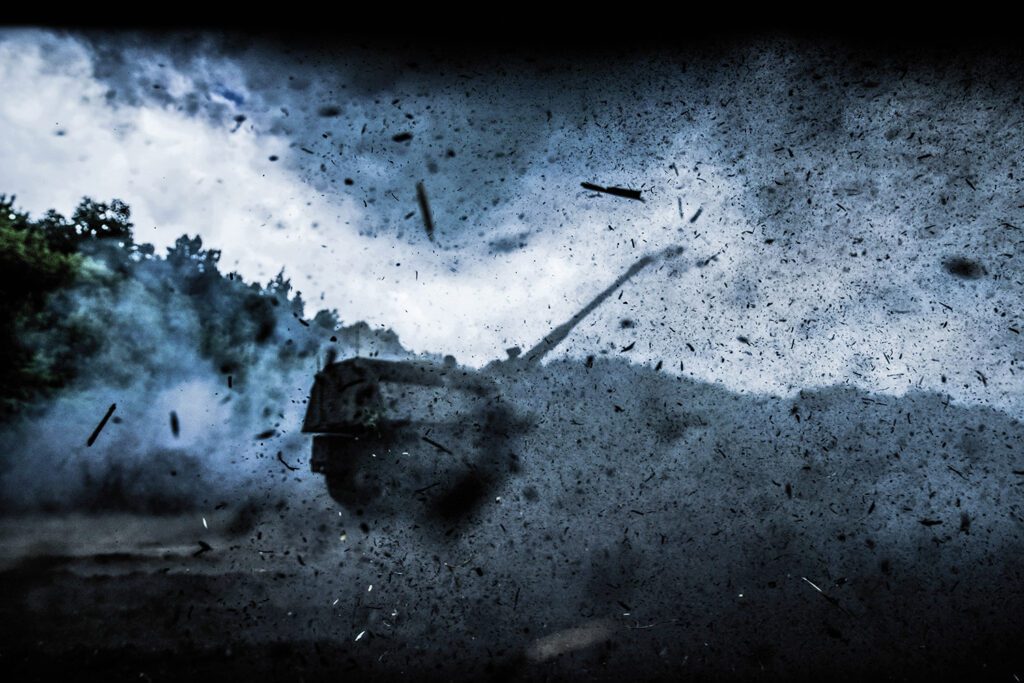Understanding Asymmetric Warfare: Expert Opinions and Tactical Analysis
Asymmetric warfare has become increasingly prevalent in recent years, involving conflicts where one party has significantly less military power than its adversary. This form of warfare often includes non-state actors, insurgent groups, or terrorists who employ unconventional tactics to offset the power imbalance. To gain a comprehensive understanding of asymmetric warfare, analyzing expert opinions and conducting tactical analysis is crucial. This article examines the definition and characteristics of asymmetric warfare, provides insights from experts like George Friedman, David Galula, and Edward Luttwak, and analyzes key tactical approaches in asymmetric warfare such as guerrilla warfare, suicide bombings, cyber warfare, and psychological warfare. By understanding these complexities, we can effectively address and mitigate the challenges of asymmetric warfare.
Understanding Asymmetric Warfare: Expert Opinions and Tactical Analysis
Introduction:
Asymmetric warfare has become an increasingly prevalent form of conflict in recent years. It refers to conflicts where one party possesses significantly less military power and resources compared to its adversary. Such conflicts often involve non-state actors, insurgent groups, or terrorists who employ unconventional tactics to offset the power imbalance. To gain a comprehensive understanding of asymmetric warfare, it is crucial to analyze expert opinions and tactical analysis. In this article, we will examine the key aspects of asymmetric warfare under various HTML headings.
I. Definition and Characteristics of Asymmetric Warfare:
A. Definition:
Asymmetric warfare, often referred to as unconventional warfare, is a struggle between opponents with an immense disparity in military power. It involves the use of unique strategies by the weaker party to exploit vulnerabilities and weaknesses of the stronger adversary.
B. Characteristics:
1. Non-state Actors: Asymmetric conflicts often involve non-state actors, such as insurgents, guerrilla groups, or terrorists, who operate outside the realm of traditional military structures.
2. Unconventional Tactics: The weaker party employs unconventional tactics, including guerrilla warfare, suicide bombings, cyberattacks, and psychological warfare to counter the superior military capabilities of the stronger adversary.
3. Irregular Warfare: Asymmetric conflicts are characterized by irregular warfare, where the weaker party avoids traditional confrontations and instead engages in hit-and-run style ambushes and attacks.
4. Exploitation of Vulnerabilities: The weaker party seeks to exploit the vulnerabilities and weaknesses of the stronger adversary by targeting their political, economic, and societal structures.
II. Expert Opinions on Asymmetric Warfare:
A. George Friedman:
George Friedman, a renowned geopolitical strategist, emphasizes the importance of understanding the underlying motivations and objectives of non-state actors in asymmetric warfare. He argues that comprehending their strategic aims and grievances is crucial for effectively countering their tactics.
B. David Galula:
David Galula, a former French Army officer and counterinsurgency expert, emphasizes the significance of achieving political legitimacy in asymmetric conflicts. He suggests that the weaker party must gain the support and loyalty of the local population to undermine the stronger adversary’s influence.
C. Edward Luttwak:
Edward Luttwak, a prominent military strategist, highlights the importance of exploiting the informational and psychological dimensions of asymmetric warfare. He argues that psychological warfare, propaganda, and disinformation can have a profound impact on the course of asymmetric conflicts.
III. Tactical Analysis of Asymmetric Warfare:
A. Guerilla Warfare:
Guerilla warfare is a primary tactic employed by weaker parties in asymmetric conflicts. It involves hit-and-run attacks, ambushes, and sabotage against the stronger adversary. The focus is on immediate and localized objectives rather than a direct military confrontation.
B. Suicide Bombings:
Suicide bombings are often used by non-state actors to inflict maximum casualties and instill fear in the stronger adversary. These attacks are difficult to prevent and can cause significant damage to the morale of the targeted population.
C. Cyber Warfare:
As technology advances, non-state actors increasingly employ cyber warfare tactics to disrupt critical infrastructures and launch attacks on communication networks. Cyberattacks can paralyze an entire nation without directly engaging in physical confrontations.
D. Psychological Warfare:
Psychological warfare, including propaganda, misinformation, and indoctrination, plays a critical role in asymmetric conflicts. The weaker party aims to exploit social divisions, spread fear, and erode trust in the stronger adversary.
Conclusion:
Understanding asymmetric warfare requires a multidimensional approach that encompasses expert opinions and tactical analysis. By comprehending the definition and characteristics of asymmetric conflicts, as well as the insights of experts like George Friedman, David Galula, and Edward Luttwak, we gain valuable perspectives on countering non-state actors’ tactics. Additionally, analyzing key tactics employed in asymmetric warfare, such as guerilla warfare, suicide bombings, cyber warfare, and psychological warfare, equips us with a comprehensive understanding of the complexities involved. To effectively address and mitigate the challenges posed by asymmetric warfare, it is essential to continually learn from expert opinions and adapt tactical approaches accordingly.
